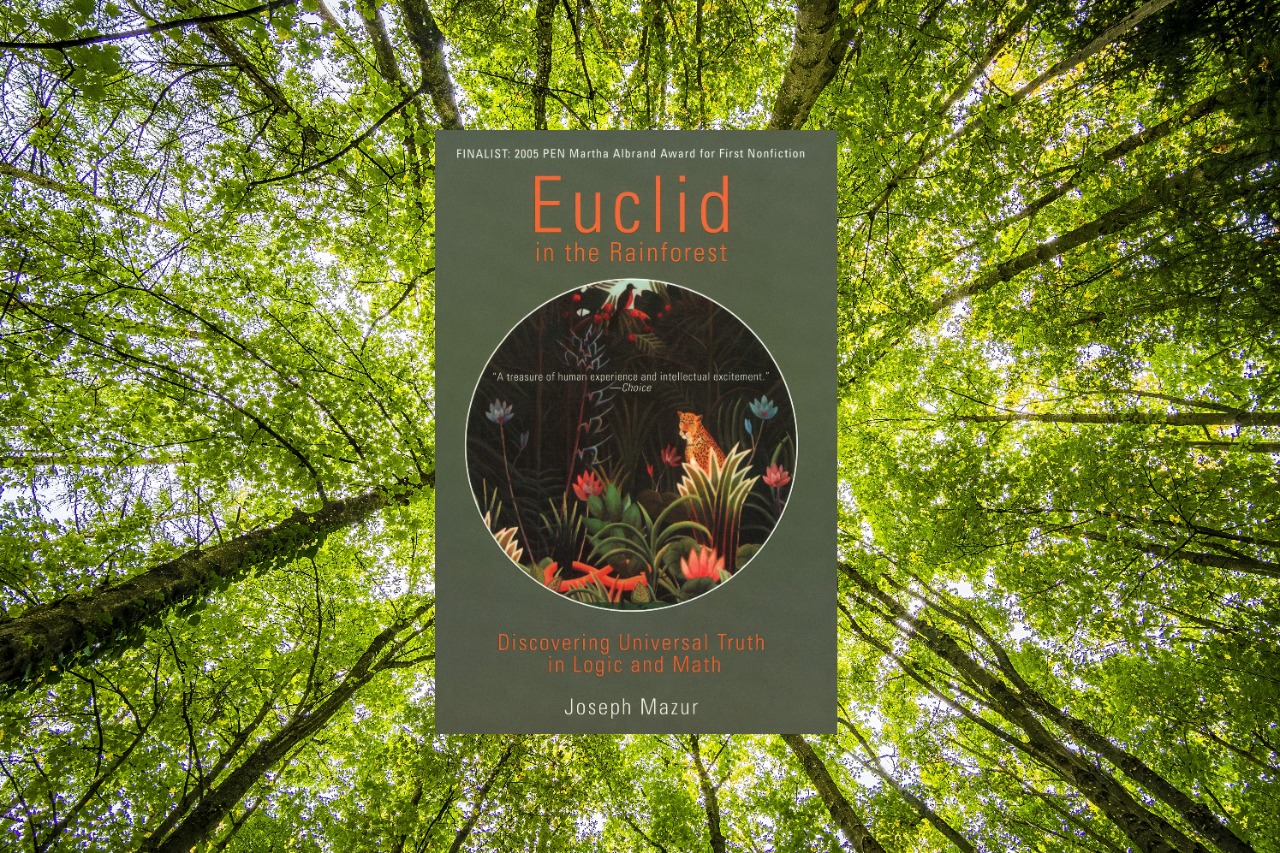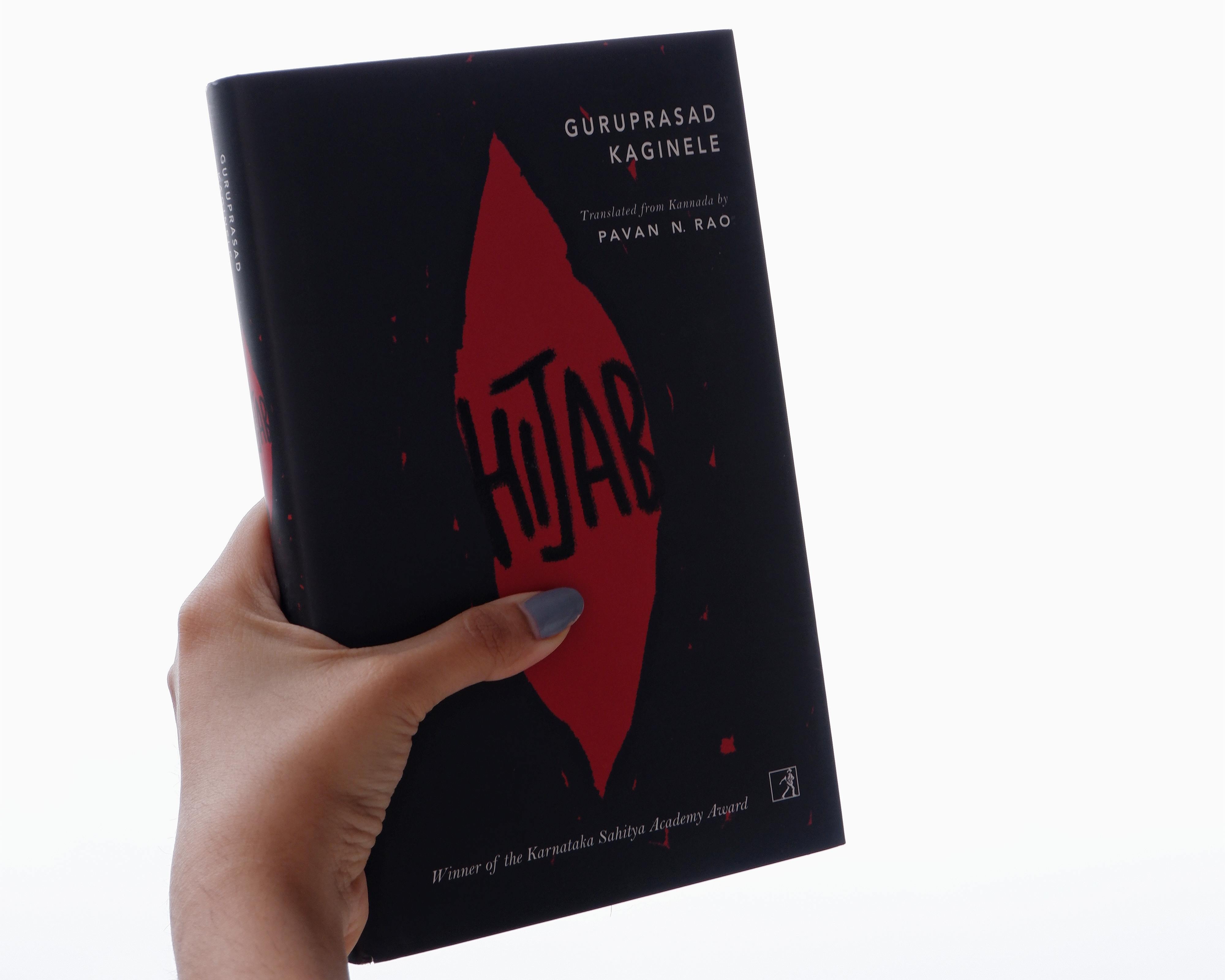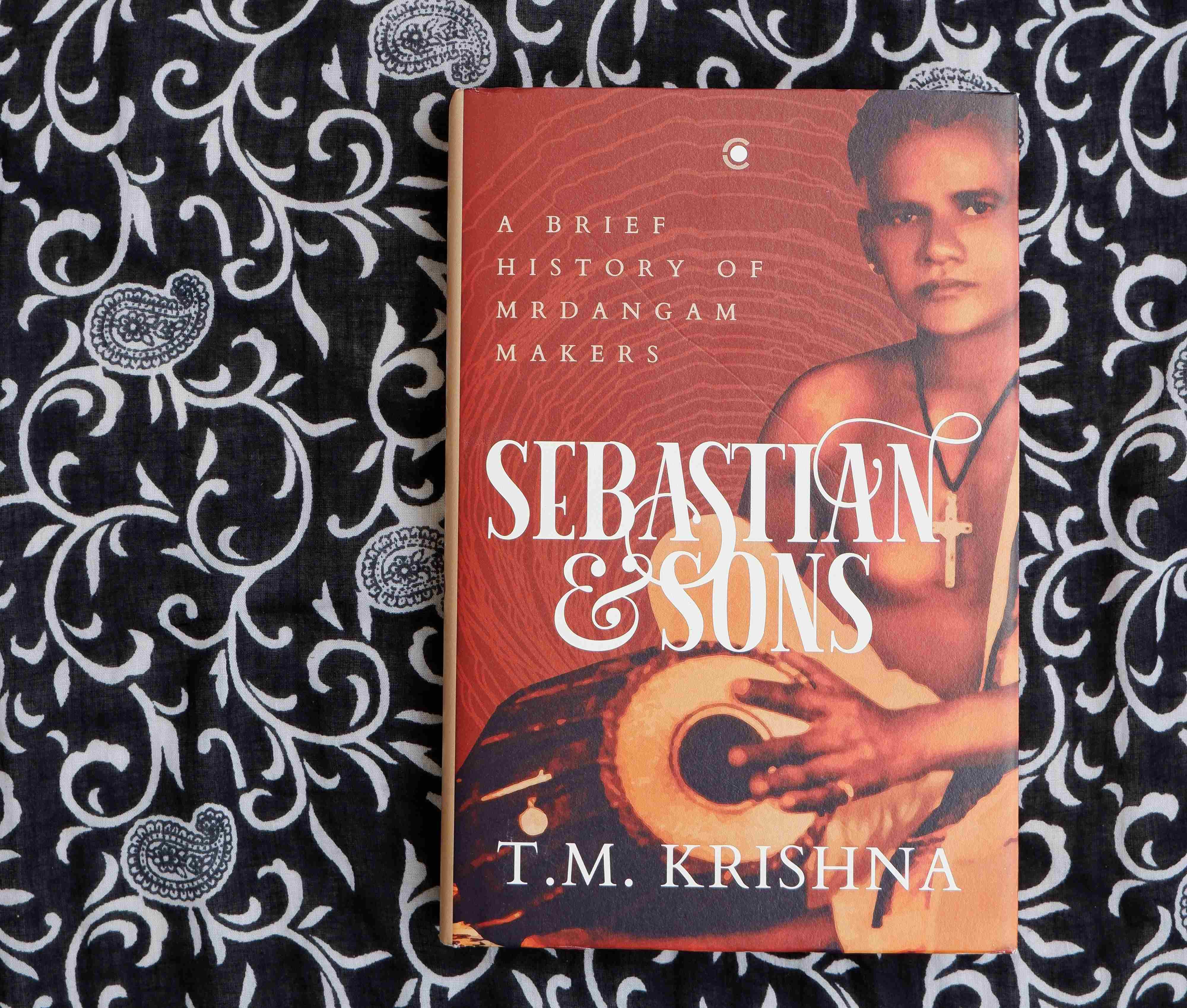Sebastian and Sons: A Brief History of Mrdangam Makers
by T.M Krishna
Publisher: Context (2020)
I first heard the title Sebastian and Sons when TM Krishna visited my college for a week as a writer in residence. Every day, we could watch him type away on his laptop as he sat in what was arguably the most beautiful spot on campus – right outside the director’s office with a view of the Manipal lake. His residency was sometime immediately following the monsoon months and thus, the lake made for quite a view indeed. I feel the need to describe this setting because in his methodically researched book, this is what his writing does to the reader – it takes you on the journey that the author embarked on while looking at the caste hierarchy between the mrdangam player who is more often than not brahmin and the mrdangam maker, who is more often than not dalit , at the centre of the history of mrdangam makers. The dedication states – ‘to Sandanam, Madhavan, Gnaneshwaram and many like them we have chosen to forget.’
The book opens to a vivid description of the geographic, historical and cultural context of Nanganallur as Krishna tries to navigate his way through the ‘labyrinth that is the Nanganallur agraharam’ to meet Selvaraj, ‘a third generation mrdangam maker, the oldest living member of a renowned Thanjavur family. He was the stalwart who gave maestros such as Palghat Mani Iyer the flawless medium through which they could express their rhythmic mastery (p.5).’ The central problem around which Krishna’s book revolves on is while the latter is credited and branded in history for revolutionizing the mrdangam, the former’s story has never been recorded. On this, he writes ‘My curiosity about the mrdangam began when I realized that we rarely, almost never, speak about these master makers. My book, A Southern Music: The Karnatik Story, explored caste discrimination in, what I hoped was, some depth, but I had entirely excluded instrument makers from the discourse. And amongst makers, those who deal with skin remained at the very edge – a fact I was well aware of. But when I wrote about caste and its implications within Karnatik society, I failed them.’
There’s an earnest curiosity with which Krishna approaches the lives of the makers and the art of making a mrdangam. The book details the process of making a mrdangam quite extensively – from sourcing the right wood, to procuring the skin, to documenting stories of makers from spread across different geographies and to borrow Srijan Deshpande’s words, ‘the spectre of caste inhabits each of these accounts, every step of the way.’ The paradox at the centre is how the more often than not brahmin player keeps the making of the instrument, which uses cow, goat and buffalo hide, completely separate from his practice as it goes against the notion of purity associated with his caste.
What makes the book a compelling read is how Krishna has documented the oral history that has been passed on to the makers. It is not just the knowledge of how to make the mrdangam but also internalized knowledge of how the caste system works and the role the maker in this system – ‘the mrdangam maker is vital for the player, yet his key role is to make himself anonymous.’ To give a sense of how entrenched this system is he offers the example of a maker who spent the entire night at a player’s grave post his death even though the latter did not treat the former well. There are many anecdotes like this in the book and Krishna clearly positions himself as an outsider, a brahmin with class and caste privilege.
This is a complex book to write also in terms of the number of characters present in the story and the different opinions the have when it comes to making the instrument and their view of the player maker relationship. It is quite easy to get tangled in these. However, with his writing, Krishna is quite straightforward about the numerous questions he had, the mistakes he made and in some parts, questions he put forth, what parts of it are based on his conjecture and the reasons that led up to that supposition. This gives one a rich insight into the process that went behind writing this book. The book is titled Sebastian and Sons: A brief History of Mrdangam Makers Krishna’s book seems anything but brief, however this is simply an indicator of how much has been ignored and how many people have been kept ‘at the edge.’ It is an invitation to open up this discourse and perhaps next time, when the doors open and we are able to go to a kutcheri, we will look a little more keenly at this aspect of Karnatik music history that we have conveniently chosen to forget.
Sources
https://scroll.in/article/951660/sebastian-sons-tm-krishna-explores-caste-discrimination-through-makers-of-the-mrdangam








RELATED ARTICLESMORE FROM AUTHOR
Last Among Equals: Power, Caste & Politics in Bihar’s Villages
Desperately Seeking Shah Rukh: India’s Lonely Young Women and the Search for Intimacy and Independence
Whole Numbers And Half Truths: What Data Can And Cannot Tell Us About Modern India